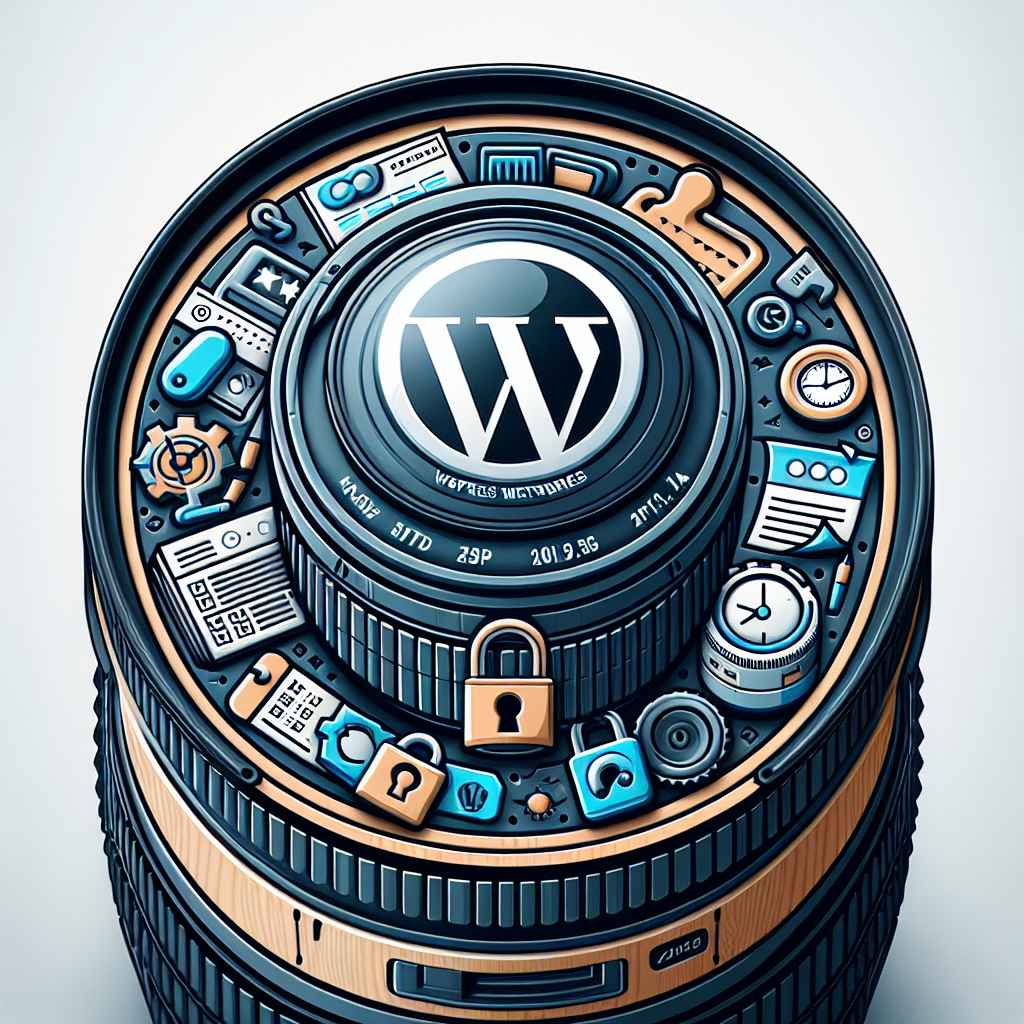In today’s fast-paced digital world, maintaining a secure and up-to-date WordPress website is crucial for its success and longevity. With the prevalence of cyber threats and evolving technologies, keeping your site in optimal condition is not just a best practice but a necessity. In this article, we’ll explore smart ways to ensure your WordPress website is both current and secure.
Regular Updates: The Backbone of Security
One of the most effective ways to keep your WordPress site secure is through regular updates. WordPress frequently releases updates that fix security vulnerabilities, enhance performance, and introduce new features. Here’s how you can efficiently manage updates:
- Automatic Updates: Enabling automatic updates for core, themes, and plugins ensures that your site is always running on the latest versions, minimizing the risk of exploitation.
- Manual Review: While automatic updates are beneficial, it’s essential to periodically review them manually. This allows you to assess the compatibility of updates with your current configurations.
- Staging Environment: Before applying major updates, consider testing them in a staging environment. This precaution helps identify potential conflicts or issues without affecting the live site.
By diligently applying updates, you not only protect your site from vulnerabilities but also enhance user experience with improved performance and new features.
Enhanced Security Measures: Defense Against Threats
While updates form the first line of defense, additional security measures are vital for fortifying your WordPress site. Implementing various security strategies can safeguard your website from potential threats:
- Strong Passwords: Encourage the use of complex passwords for all user accounts. Passwords should include a mix of letters, numbers, and special characters to deter unauthorized access.
- Two-Factor Authentication: Adding two-factor authentication (2FA) adds an extra layer of security, requiring users to verify their identity through a second method before gaining access.
- Security Plugins: Utilizing reputable security plugins can offer features such as malware scanning, firewall protection, and login attempt monitoring, significantly enhancing the website’s security posture.
By layering these security measures on top of regular updates, you create a robust defense that makes it challenging for potential attackers to compromise your site.
In conclusion, keeping your WordPress website up-to-date and secure is a proactive process that involves regular updates and enhanced security measures. By incorporating automatic updates, utilizing strong passwords, and leveraging security plugins, you can effectively protect your site from threats. Keeping these practices in mind will not only secure your website but also enhance its performance and user experience.

